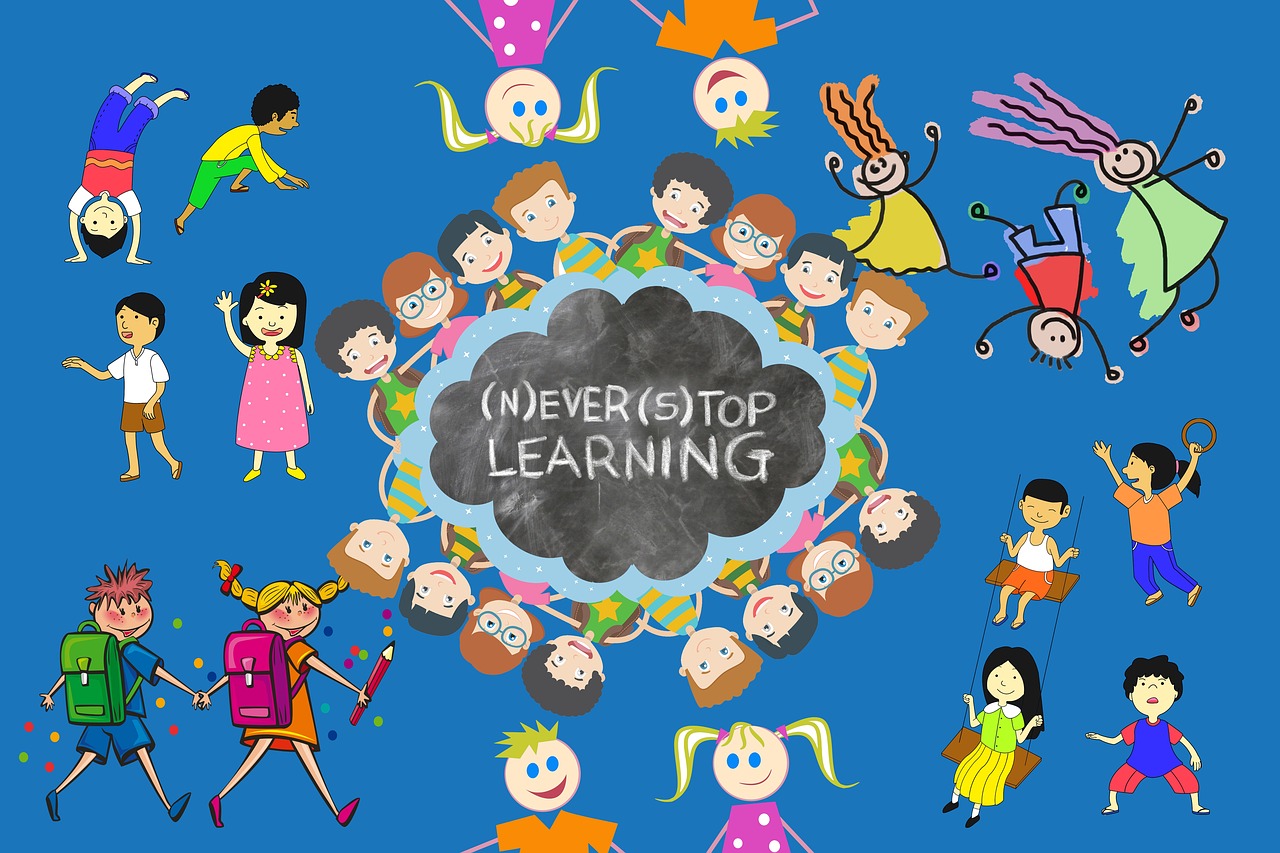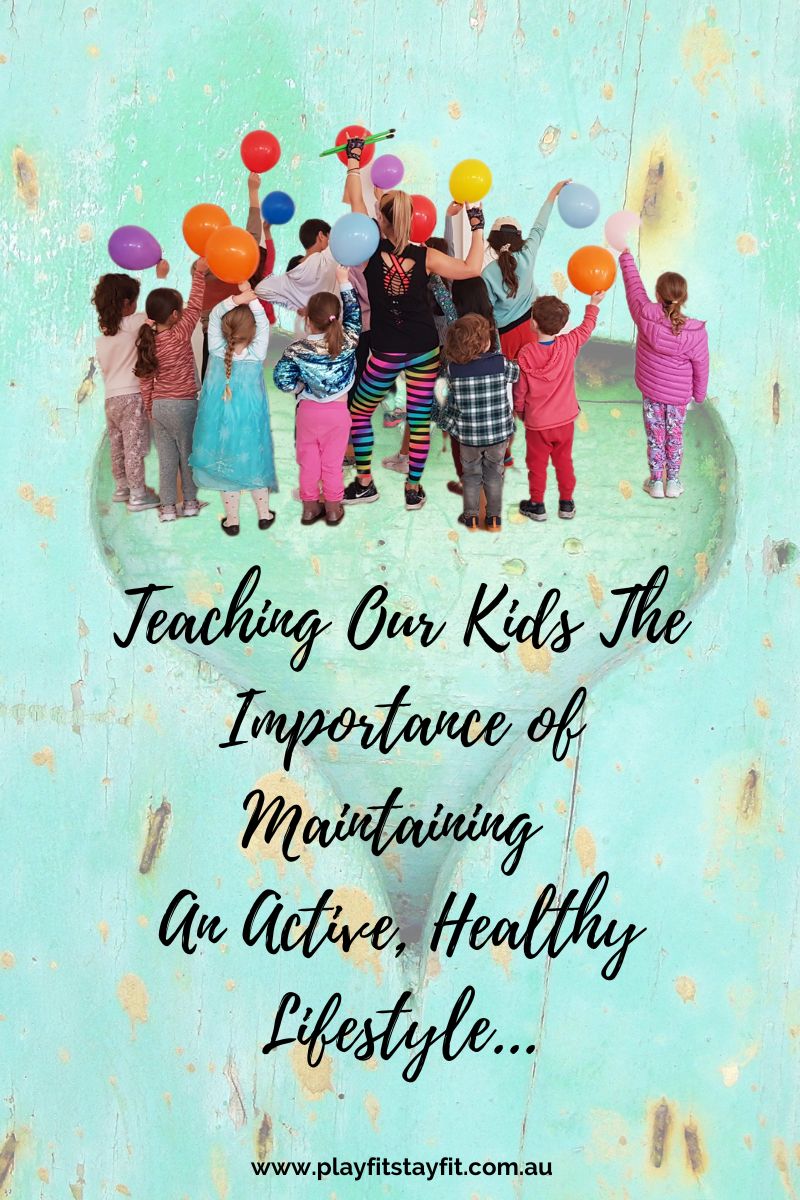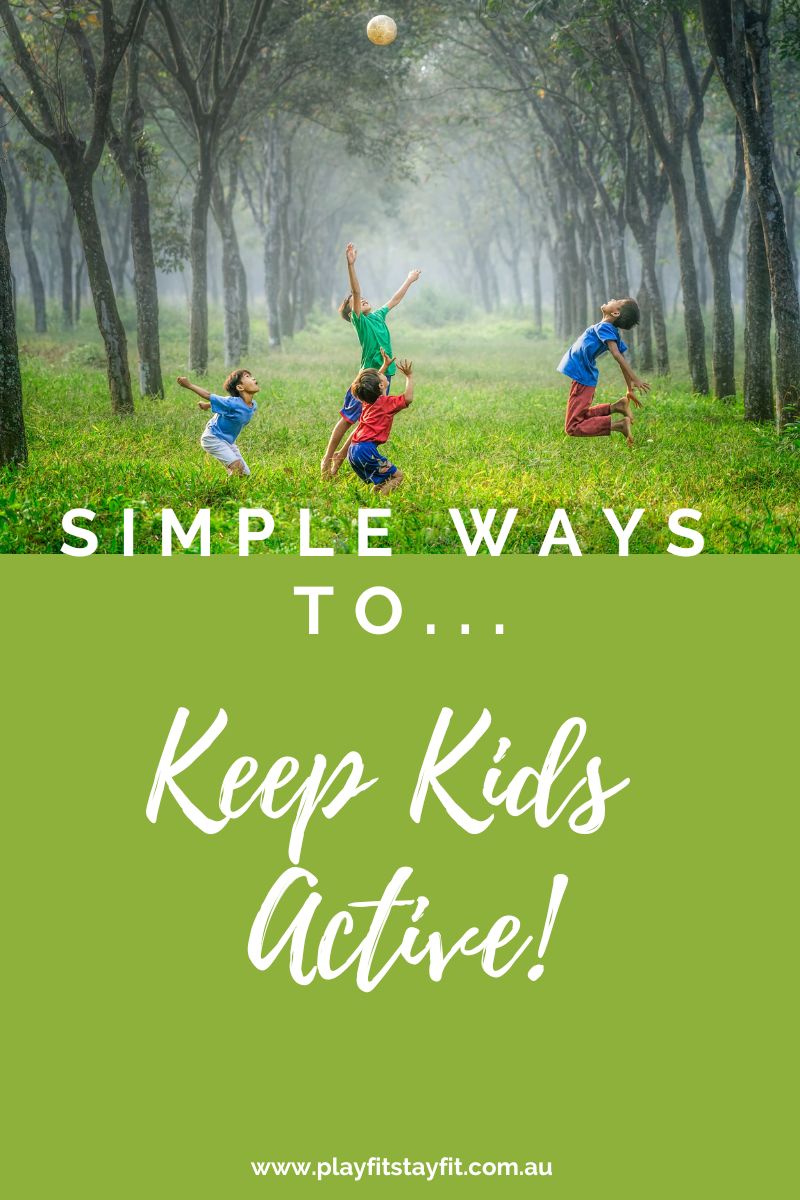Diet And Fitness Trends – Part 2
Fitness and Movement
Following on from the previous post about Diet and Nutrition, let’s have a look at the fitness, exercise, and movement part of this series.
Stepping Up the Home Workouts
It should come as no surprise that home workouts were the star of 2021 and even 2020. More people than ever before have been skipping the gym and instead staying home to do their workouts. And this seemed to remain the trend well into the 2022 New Year, but with even more options.
What is Changing?
More people are building their own home gyms! They are converting garages, basements, and guest rooms into entire gyms right in the comfort of their own home. Some people keep it simple with a bike or treadmill, weights, and resistance bands, while others go all out with gym flooring, wall-to-wall mirrors, weight benches, and multiple machines.
This depends on your budget and how much space you have, but any type of space in your home should be able to accommodate some gym equipment.
Fitness Apps
Mobile fitness apps have certainly taken off and become ever so popular since the start of the pandemic. They are portable and offer at-home exercise options that you can do any time of the day, and it doesn’t matter where you are.
There are so many different apps to choose from, with an endless list of options, like Yoga, HIIT, strength training, bodyweight exercises, cycling, running, rowing…and so much more!
Virtual Trainers and Coaches
Another big trend that started booming during lockdown, and appears to be continuing, is to get virtual trainers or coaches for those home workouts. Not everyone knows what exercises to do, even with all the fancy equipment. Many people are going to hire personal trainers virtually that will show them what to do and might even be there on Zoom during their workouts.
Did you know that virtual trainers can also be used if you like to go to the gym but can’t find a local trainer able to help on-site? I had no idea that this was even possible until just recently.
Apps have become super popular among those who prefer working out from the comfort of their home, so expect those to continue as well.
You can also include equipment like Peloton in this category since it’s not just any ordinary exercise bike. They contain a lot of different workouts from experienced trainers. You pay a monthly fee to gain access to their membership and pick the workouts you want to do. I personally haven’t got one YET, but I have my heart set on purchasing a Peloton very soon.
Smart Home Gyms
This is a good combination of home gyms and virtual trainers, all tied into one. It is on the pricey side but a great option for people looking to upgrade their home workouts. There are smart home gyms like Tonal that include one machine with everything you need, including a large screen with trainer-led workouts.
Intuitive Movement
Just like with intuitive eating, more people are also jumping on the intuitive movement bandwagon. It is not less exercise, but fewer rules about working out. This could mean something as simple as not having a set schedule or a workout split but instead listening to your body and what you feel like doing each day.
For others, it is about the type of workouts they choose to do. You might discover that you were running on the treadmill not because you enjoyed it but because you thought that cardio was essential for your goals. Now, you listen more to your body and your mind and participate in movement that you truly enjoy. For me personally, these include walking, swimming, and then, of course, cardio and HIIT programs (because I teach these daily).
Diet And Fitness Trend Summary
Now, more than ever before, people are concerned about their physical and mental health. This is why diet and fitness are so important, and technology is helping to revolutionize the way it is done.
To summarise, all the diet and fitness trends we are seeing now, will continue to be popular through the New Year, with a few differences here and there. And as for fitness, home workouts will continue to gain popularity, and more of us will start using the services of virtual trainers and coaches, and we will see a lot more undertaking intuitive movement workouts.
Let’s CONNECT!
What forms of exercise do you do, and what areas are you struggling with?



This post may contain affiliate links, which means I may receive a small commission, but it’ll cost you nothing if you make a purchase through a link.













